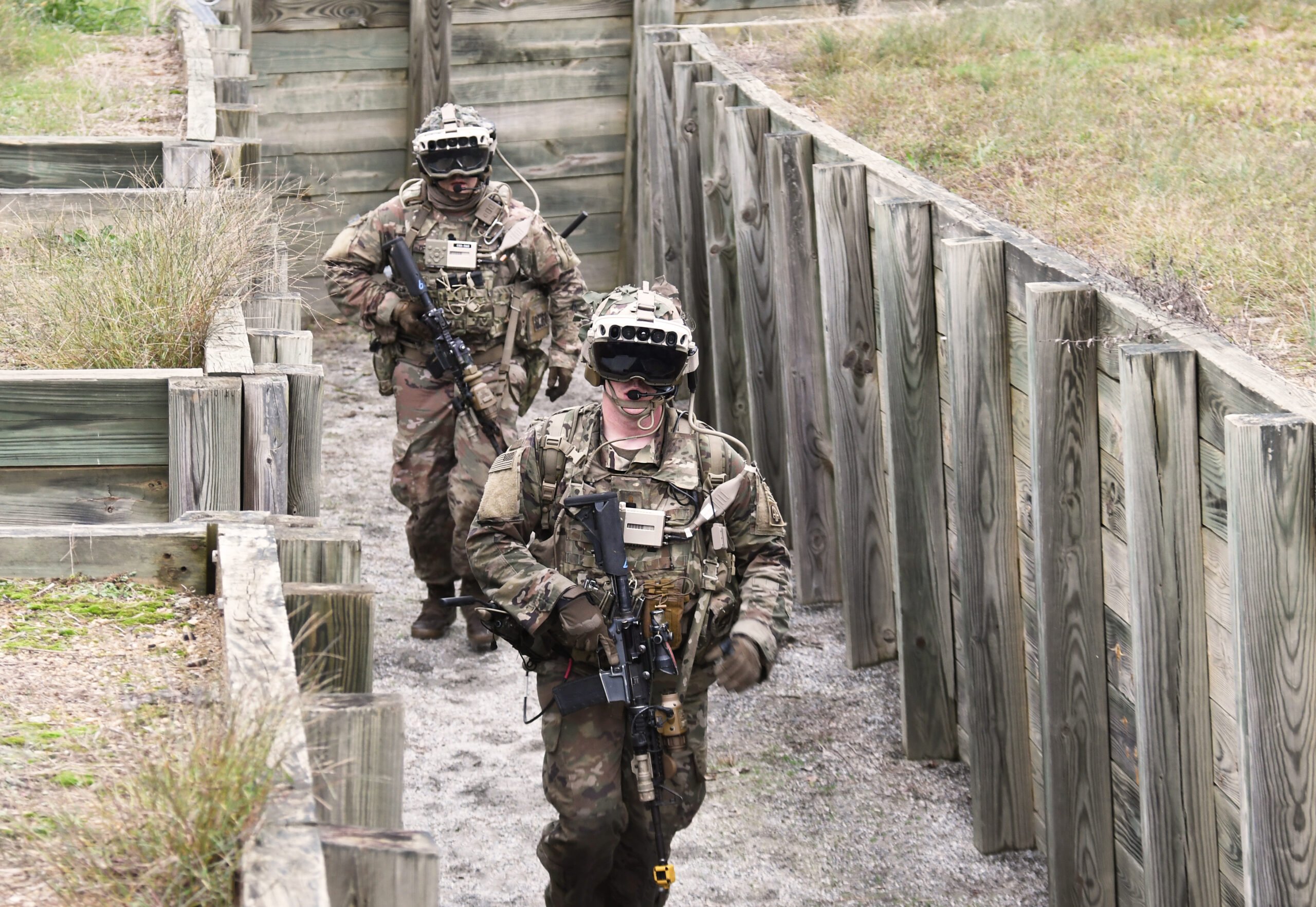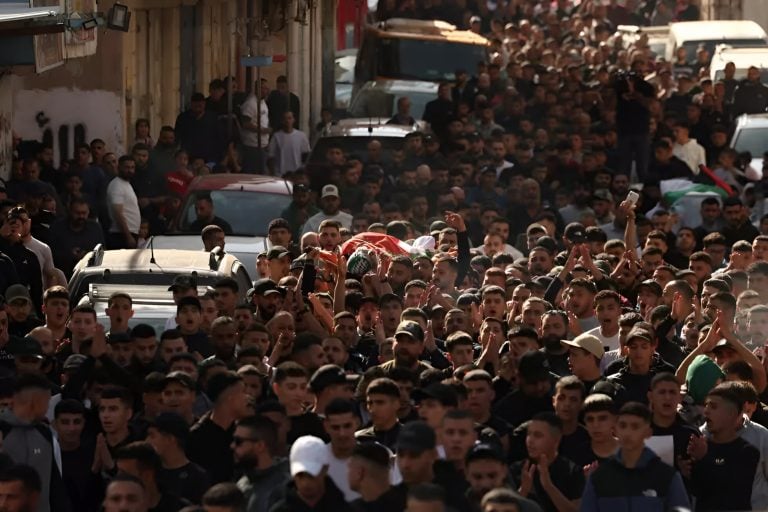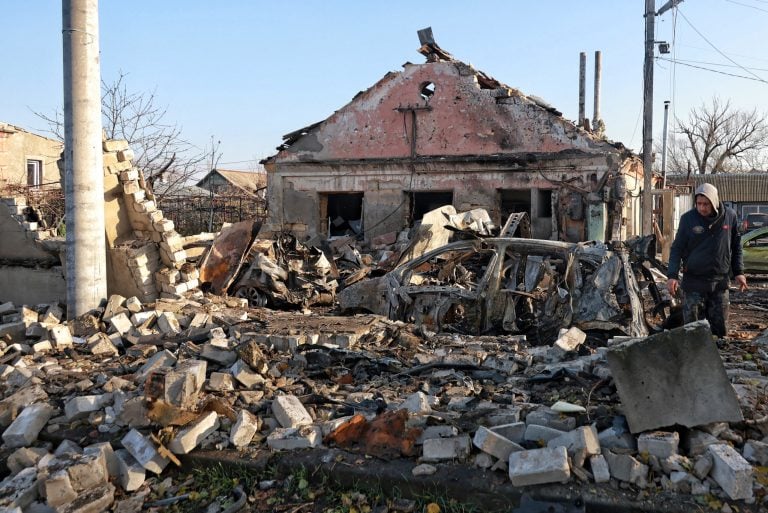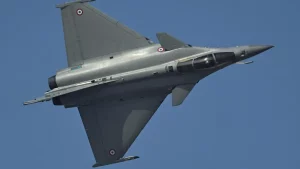The U.S. Army is deploying innovative augmented reality technologies and counter-unmanned aerial system (C-UAS) tools along the U.S.-Mexico border as part of a comprehensive mission with Customs and Border Protection. This initiative is aimed at enhancing the military’s operational capabilities in real-world conditions while providing critical support to border enforcement agencies.
This project, initiated during the Trump administration, seeks to bolster the monitoring and reporting of illegal immigration. The Army’s involvement allows for the provision of real-time intelligence, facilitating improved coordination between soldiers and border authorities. This testing environment offers a rare opportunity to evaluate tactical solutions that cannot be replicated in conventional training.
Among the advanced technologies employed in this testing is the Integrated Visual Augmentation System (IVAS) 1.2 goggles. These goggles utilize augmented reality, combined with thermal and low-light imaging, to deliver real-time situational updates. This cutting-edge headgear, developed in partnership with companies like Anduril and Meta, boasts enhancements in weight distribution and user controls, addressing previous concerns about discomfort and performance limitations.
Alongside the IVAS goggles, soldiers are equipped with the DZYNE Dronebuster—an innovative handheld C-UAS device. This compact equipment can detect and disrupt unauthorized drones from a distance of up to two kilometers (1.2 miles). Designed for ease of use, it weighs less than 3 kilograms (6.6 pounds) and operates independently of external power sources, using integrated radio detection capabilities to monitor drone communications.
Additionally, soldiers utilize tactical microdrones, such as Anduril’s Black Hornet 4, for aerial surveillance. They also operate the Palantir Tactical Intelligence Targeting Access Node, which is a vehicle-mounted system that scans radio frequencies for UAS threats. Updated Common Remotely Operated Weapon Stations and advanced communication equipment allow troops to alert border patrol units within a minute of identifying potential migrant activity.
Commanded by Col. Hugh Jones of the Fort Carson-based 2nd Stryker Brigade Combat Team, the Army unit is responsible for monitoring over 1,000 miles (1,609 kilometers) of border territory, deploying approximately one soldier for every half mile (805 meters). These soldiers are trained to operate effectively across diverse and challenging terrains, including desert, mountain, and swamp regions that are often inaccessible by vehicle.
Despite the high-profile military presence, the U.S. Army has made it explicitly clear that its soldiers will not participate in any interdiction or deportation operations. According to Maj. Geoffrey Carmichael, spokesperson for the Joint Task Force – Southern Border, the primary focus is on maintaining the integrity of the southern border while simultaneously serving as a “laboratory of experimentation” for new technologies and strategies.
















